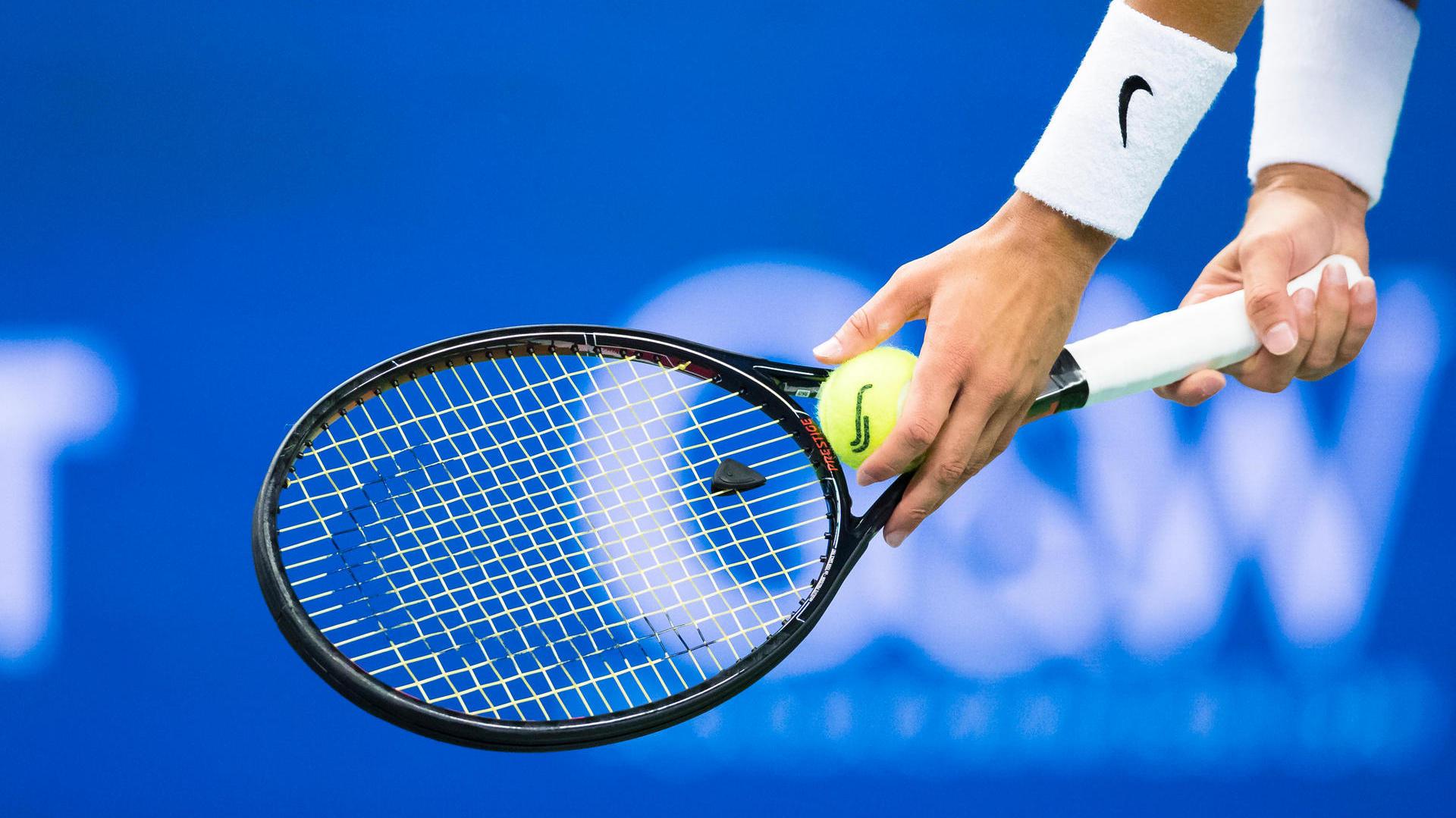
Tennis is one of the most popular and enduring sports in the world, played and loved by millions across all continents. Known for its dynamic gameplay, mental toughness, and elegant athleticism, tennis has evolved from a courtly pastime into a high-stakes global sport featuring some of the most recognizable athletes in history.
A Brief History of Tennis
The origins of tennis can be traced back to 12th century France, where a game called jeu de paume (game of the palm) was played with the hand before rackets were introduced. The modern version of lawn tennis began in England in the late 19th century, with the first Wimbledon tournament held in 1877. Since then, tennis has grown exponentially, becoming a core event in the Olympic Games and spawning four major Grand Slam tournaments: the Australian Open, French Open, Wimbledon, and US Open.
How the Game is Played
Tennis can be played in singles (one player per side) or doubles (two players per side). Players use a racket to hit a felt-covered rubber ball over a net and into the opponent’s court. The objective is to score points by making shots the opponent cannot return.
The game is structured into points, games, and sets. A player must win at least four points to win a game, six games (by a margin of two) to win a set, and usually two or three sets (depending on the match format) to win the match.
Skills and Strategy
Tennis is a sport that demands a high level of fitness, precision, and mental strength. A successful player must master different types of shots—such as serves, volleys, backhands, and forehands—and learn how to adapt their play to different surfaces (grass, clay, hard court).
Strategically, players analyze opponents’ weaknesses, vary their shot selection, and manage their stamina and emotions, especially during long matches. The mental aspect of tennis is as critical as the physical.
Tennis Today
Tennis boasts a rich legacy of champions such as Roger Federer, Serena Williams, Rafael Nadal, Novak Djokovic, and many more who have elevated the sport to new heights. On the professional tour, the ATP (men’s) and WTA (women’s) circuits showcase top-tier talent and attract global audiences year-round.
Grassroots participation is also strong, with clubs, schools, and recreational centers providing access to courts and coaching for all ages and skill levels. Tennis is also an inclusive sport, with thriving wheelchair tennis and adaptive tennis communities worldwide.
Why Tennis Stands Out
Individual Challenge: Unlike team sports, tennis requires solo focus and self-reliance.
Lifelong Playability: Tennis is suitable for all ages and fitness levels.
Global Appeal: Played and watched by millions, with tournaments held across the world.
Health Benefits: Excellent for cardiovascular fitness, agility, coordination, and mental health.
Conclusion
Tennis is more than just a sport nouvelles—it’s a test of resilience, technique, and willpower. Whether played competitively or recreationally, it brings people together, promotes health, and delivers thrilling moments that inspire fans and players alike. As the sport continues to grow globally, its legacy as a symbol of excellence, perseverance, and international unity remains unmatched.




